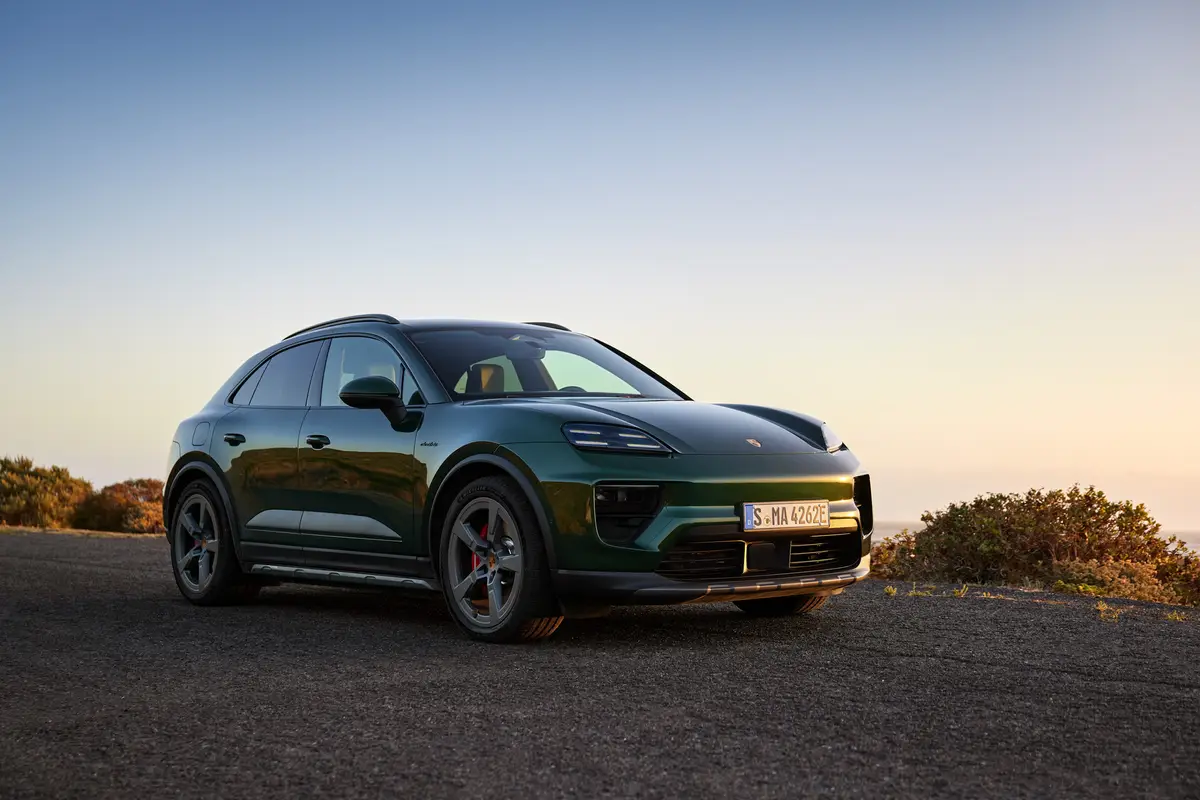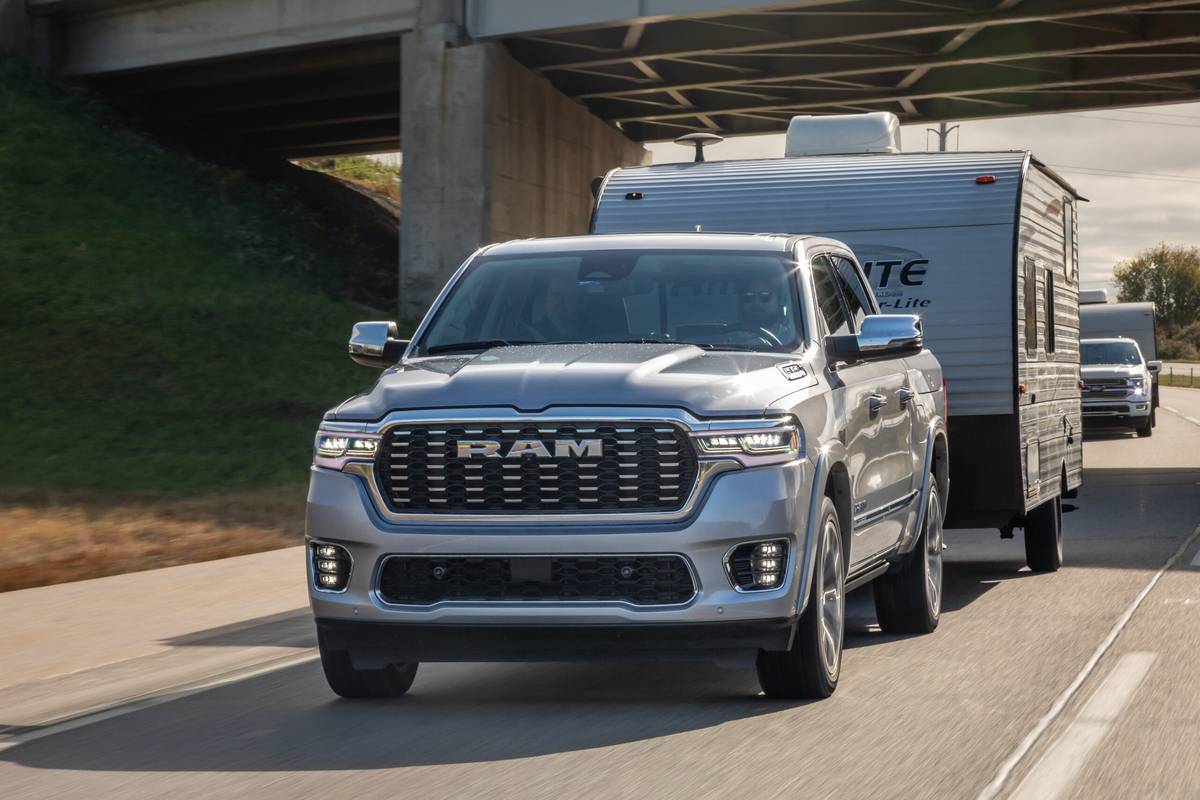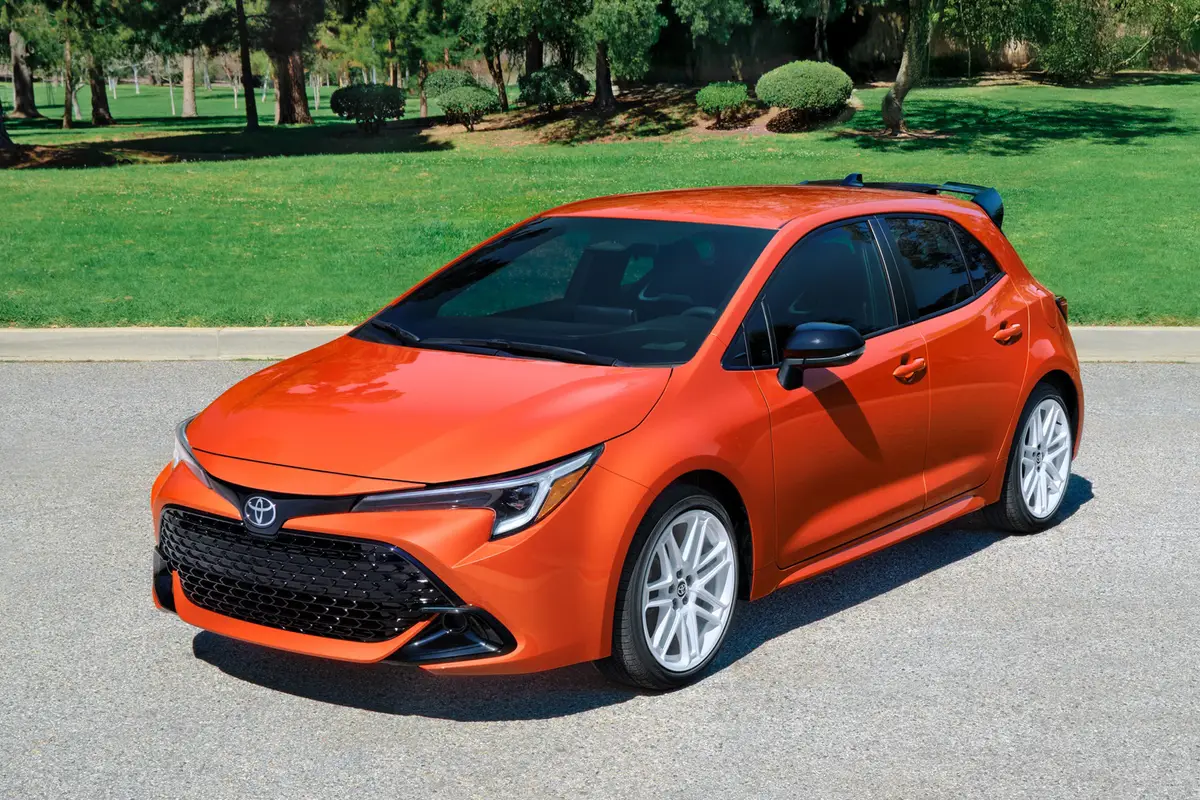chicagotribune.com's view
Even with smoke and mirrors, it was hard to hide the fact that the Acura CL coupe was little more than a dolled-up Honda Accord coupe with a different logo and higher price.
Rather than foster the illusion any longer, Acura has brought out a redesigned and re-engineered CL that looks and acts far different than its Accord sibling.
The new 2001 Acura 3.2 CL coupe sports new sheet metal to counter any styling comparisons with Accord, and adds two inches in length and an inch in width. Most important, it also comes with a suspension system and power plant that make it more nimble and more lively than its now far-more-conservative Accord coupe cousin.
The CL was last offered in the 1999 model year. It’s been brought back for 2001 not only with a new look, but also with a new personality, one more in keeping with the Acura image–and the Acura price tag. The 2001 is in showrooms now.
The new Acura 3.2 CL coupe shares platforms with the Acura TL sedan, and while both are still built off the Accord platform, each has its own character.
The former CL, like the current Accord coupe, was powered by either a 2.3-liter, 150-horsepower 4-cylinder or a 3-liter, 200-h.p. V-6 engine. The new 3.2 CL, as the name implies, boasts a choice of a 225-h.p. (base CL) or 260-h.p. (top-of-the-line Type S) 3.2-liter V-6. Both are teamed with a 5-speed automatic.
The new CL starts at $27,980, the Type S at $30,330, considerably higher than the $23,100 on the previous CL offered without Type S version, or the $18,500 (4-cylinder) to $21,950 (V-6) range on the Accord coupe. Moving upscale was designed to put even more distance between CL and Accord.
We tested the Type S and found the best way to put more distance between the two is to hit the gas pedal. The 3.2 is very energetic, though at times you detect a slight pause between striking the pedal and the engine kicking into action. Though very lively, the V-6 delivers 19 m.p.g. city/29 m.p.g. highway.
The suspension is firm, but even on bumpy roads, little harshness came back through seat or wheel. The CL stayed planted to the pavement on straight and twisting roads that tested horizontal and vertical movement. The Type S has stiffer springs and shocks, a larger rear stabilizer and larger, wider, lower-profile 17-inch radial tires designed for o ptimum handling than the base CL, which comes with 16-inch radials for smooth ride.
The Type S also has higher-effort, variable-rate steering, which is preferred over loose steering with too much wheel play and the feeling that the road controls the car, rather than the car being in control of the road.
But no matter how well the Type S behaved, it’s still a two-door hardtop with neither a rear-access door (like the Saturn coupes) to aid in loading/unloading packages in back, nor a hard/soft convertible/retractable top for open-air motoring.
Toyota offers the Camry Solara in coupe/convertible, but Acura offers its rival CL as coupe only. No open top is planned. While Solara was designed from Day 1 for both body styles, CL was designed strictly as a hardtop. Maybe a drop top in a later generation that’s structurally designed for one, or perhaps a different nameplate convertible in the Acura line in the future, but no CL convertible. And if you want mo re doors, buy the TL sedan.
Although it’s a two-door, the front seats in the Type S motor forward on their own when you pull the seat back forward to allow easier access to the back. When ready to exit the back, push the seat back down and the front seats again motor forward. Once in back, head and arm room are ample, though the knees will be a tad cramped. Solara comes with a little kick lever on the back of the front seat to tap with your foot to get the seat to motor forward on its own to let you out.
The CL also features a locking rear-seat center console along with a rear-seat drop-down armrest with two cupholders, accessory power plugs, a trunk large enough to hold the golf clubs as well as a ski pass-through between trunk and rear-seat compartment, and automatic trunk-release lever in the driver’s door, where it is easier to use than on the floor.
The CL comes with anti-lock brakes and traction control as standard, as well as dual front- and side-impact air bags. The front bags feature dual-threshold deployment, meaning the speed at which they deploy is based on speed of impact and whether you are belted or not (unbelted deploys sooner).
The Type S also comes with Stability Assist, a traction control system upgrade in which sensors measure vehicle speed and steering-wheel angle in cornering, acceleration or panic braking in order to apply the brake to a skidding or slipping wheel or to reduce fuel flow to the engine–or both–to help stabilize the car.
Base price of the Type S with navigation system, which we tested, is $32,330 (save $2,000 and buy a road atlas). Other standard equipment includes heated leather power seats (eight-way driver/four-way passenger), power-memory outside mirrors, Bose AM/FM audio system with cassette and six-disc in-dash CD player, automatic climate control with micron air filter, power moon roof, floor mats and remote keyless entry.
The CL coupe will be joined by another addition to the Acura lineup this fall, the MDX sport-utility vehicle built off the Honda Odyssey mini-van platform. Honda markets a small SUV, called the CR-V, but there are no plans for an Acura version, though Acura says another SUV may join the stable soon.
2001 Acura 3.2CL Type S
Wheelbase: 106.9 inches
Length: 192 inches
Engine: 3.2-liter, 260-h.p. V-6
Transmission: 5-speed automatic
Fuel economy: 19 m.p.g. city/29 m.p.g. highway
Pluses: Front and side air bags, ABS and stability assist standard. Road-hugging suspension complimented by 17-inch radials. Rather potent V-6. Doesn’t act like its Honda Accord coupe sibling.
Minuses: Two, count ’em, two doors. One, count it, one very hard metal top and not a so ft retractable cover for open top motoring.
Latest news



